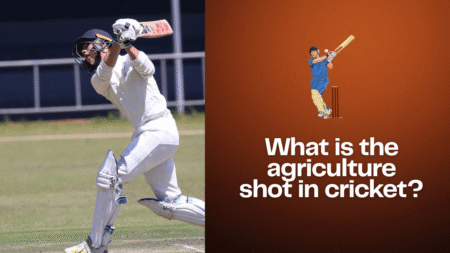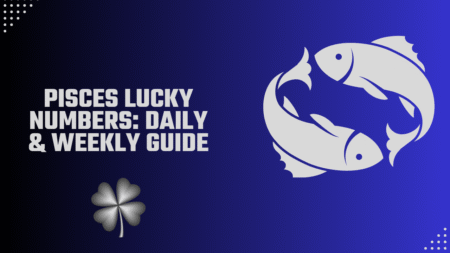

Walk into any sportsbook or open a betting app, and you’ll be confronted with rows of numbers that might as well be hieroglyphics if you’re new to betting. These numbers—betting odds—are the language of gambling, yet many people place bets without truly understanding what they represent. Learning to read odds isn’t just about knowing how much you might win; it’s about understanding probability, value, and making informed decisions.
The Three Faces of Odds
Betting odds come in three main formats, each telling the same story in different ways. Decimal odds, popular in Europe and Australia, are perhaps the most straightforward. If you see odds of 2.50, you’ll receive $2.50 for every $1 wagered, including your original stake. A $10 bet at 2.50 odds returns $25 total—your $10 stake plus $15 profit.
Fractional odds, traditional in the UK, express the profit relative to your stake. Odds of 3/2 mean you’ll win $3 for every $2 wagered. American odds work differently, using positive and negative numbers around a $100 baseline. Positive odds like +150 show how much profit you’d make on a $100 bet, while negative odds like -200 indicate how much you need to bet to win $100.
The Hidden Language of Probability
Beyond potential payouts, odds reveal the bookmaker’s assessment of probability. To convert decimal odds to implied probability, divide 1 by the odds and multiply by 100. Odds of 2.00 suggest a 50% chance, while 4.00 odds imply just 25% probability.
This relationship is crucial because it allows you to compare the bookmaker’s assessment with your own. If you believe a team has a 60% chance of winning but the odds imply only 40%, you’ve potentially found a value bet.
The Bookmaker’s Edge
Odds aren’t just mathematical representations of probability—they’re carefully crafted to ensure the bookmaker profits regardless of the outcome. This built-in advantage is called the overround or vigorish. If you add up the implied probabilities for all possible outcomes in an event, they’ll typically total more than 100%, with the excess representing the bookmaker’s margin.
For example, in a football match where the odds are 2.10 for the home team, 3.40 for the draw, and 4.20 for the away team, the implied probabilities are 47.6%, 29.4%, and 23.8% respectively. These total 100.8%, meaning the bookmaker has built in a 0.8% edge.
Reading Market Sentiment
Odds are dynamic, constantly shifting based on betting patterns, team news, and market sentiment. Sharp money—bets from professional gamblers—can move odds significantly, while public sentiment often creates inflated prices on popular teams. Understanding these movements helps identify when odds might not accurately reflect true probability.
Heavy betting on one outcome typically shortens those odds while lengthening the others. If a football team’s odds suddenly shorten from 3.00 to 2.20, it suggests either significant betting activity or new information affecting their chances.
Practical Applications
Understanding odds transforms betting from blind gambling to informed decision-making. Before placing any bet, calculate the implied probability and compare it to your own assessment. Look for discrepancies where your calculated probability exceeds the bookmaker’s implied probability—these represent potential value.
Don’t be seduced by long odds alone. While 20/1 odds might seem attractive, they imply less than a 5% chance of success. Unless you have compelling reasons to believe the true probability is significantly higher, such bets are likely poor value.
Making Odds Work for You
Odds are tools for communication between you and the bookmaker. They tell you not just what you might win, but what the market thinks will happen. By understanding this language, you can identify value, assess risk, and make more informed betting decisions.
Remember, consistently profitable betting isn’t about picking winners—it’s about finding situations where the odds offer better value than the true probability suggests. Master the language of odds, and you’ll have taken the first crucial step toward becoming a more successful bettor.








